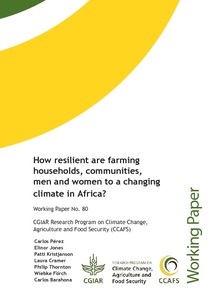Ghana
Including inland water bodies, Ghana covers 238,539 square kilometers and is located on the south central coast of West Africa. The country shares bor¬ders in the east with Togo, in the north with Burkina Faso, and in the west with Côte d’Ivoire. The topography of Ghana is mainly undulating, with most slopes less than 5 percent and many not exceeding 1 percent. The topography of the high rainforest is, however, mainly strongly rolling. The uplifted edges of the Voltarian basin give rise to narrow plateaus between 300 and 600 meters in elevation (Boateng 1998).










